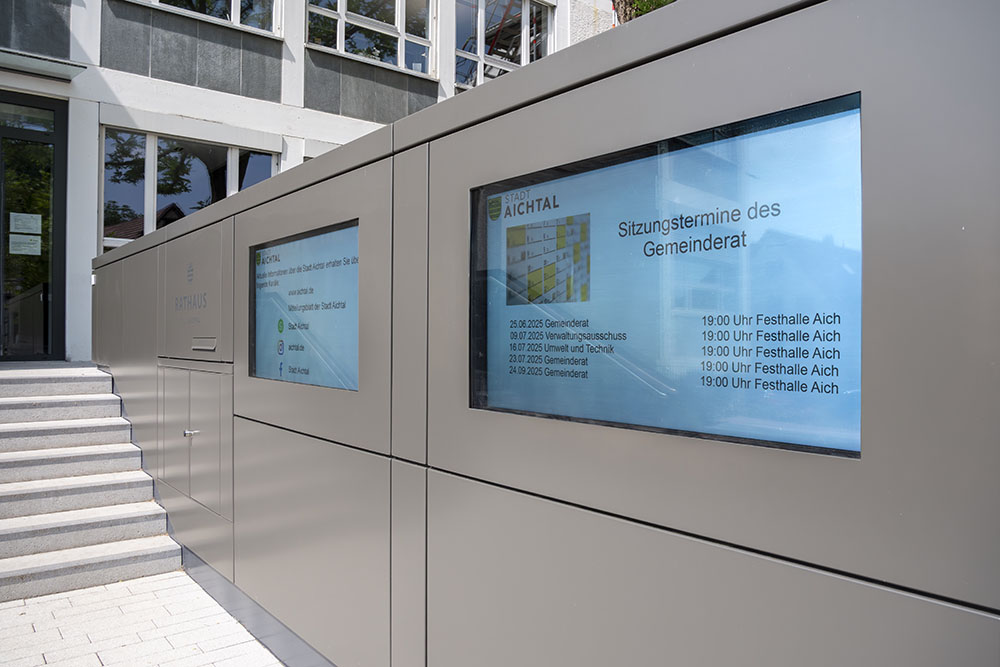
.webp)
In an increasingly digital world, digital signage plays a vital role in public spaces. From train stations and airports to shopping centers, digital displays are everywhere, offering a wealth of information and services. But how can these digital displays be made accessible so that everyone, regardless of their physical abilities, can use them?
Accessibility in public spaces is not only a legal requirement but also a moral imperative. It ensures that people with disabilities have equal access to information and services. This not only promotes inclusion but also improves the overall user-friendliness and experience for everyone.
One of the most basic requirements is the readability of the displays. This includes:
The positioning of digital signage is crucial for its accessibility:
In multicultural societies, providing information in multiple languages is an essential part of accessibility:
Accessibility in digital signage in public spaces is a necessary task. By considering the aspects mentioned above, companies and public institutions can create an inclusive and accessible environment that benefits everyone.
The future of accessible digital signage lies in the continuous development and adaptation to the needs of users, to promote a truly inclusive society. For more information about digital signage solutions and their applications, visit the Wedeko references and learn about our Digital Signage Software.

In-house design agency at Wedeko: We develop visual content that not only stands out but is also understood.

The city of Aichtal has taken a big step forward in terms of citizen information with a digital signage system from Wedeko.